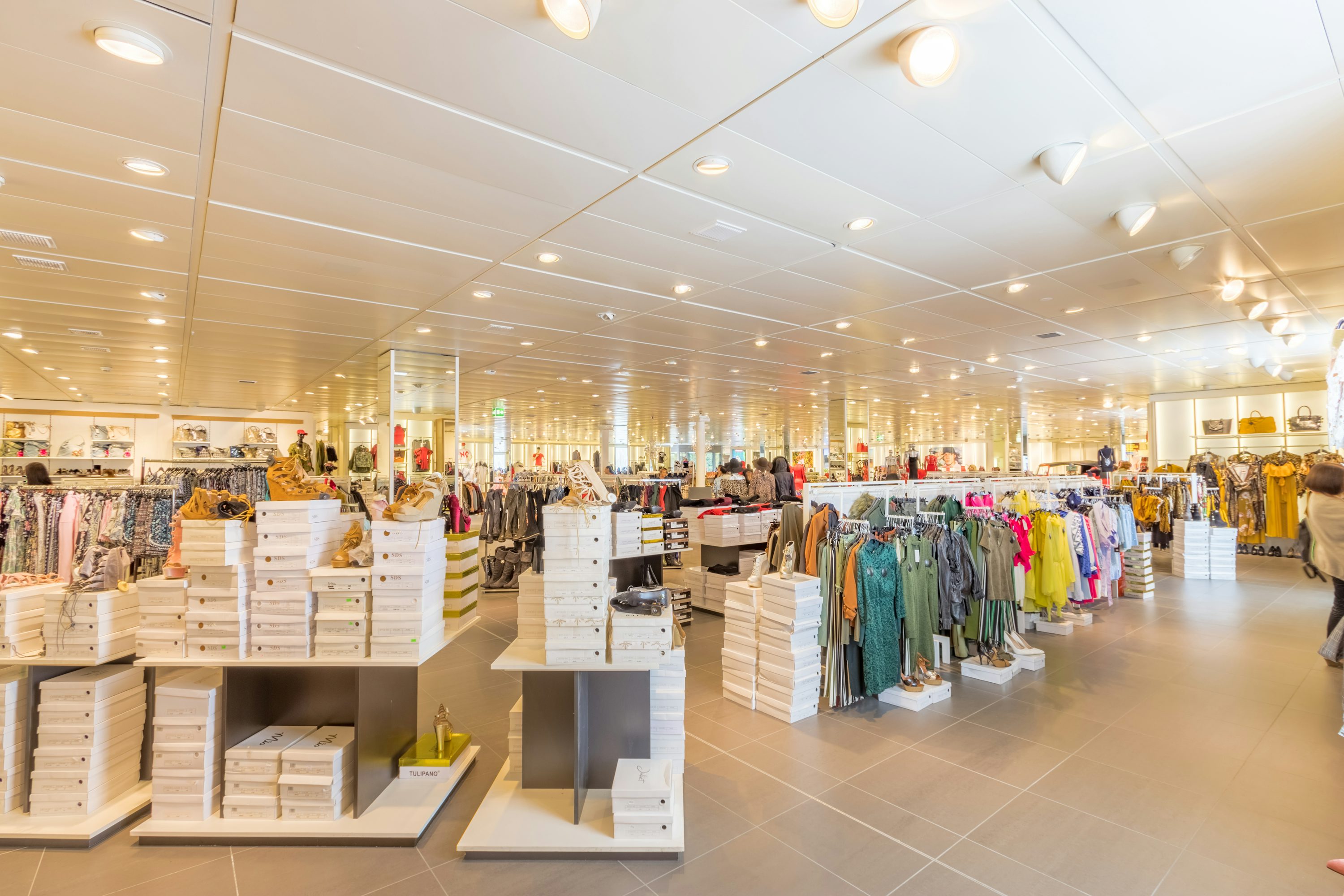
For shoppers, the grocery store is more than a place to buy food. It’s a modern-day town square where communities gather, meals begin, and brand loyalty is formed. But behind the polished aisles, glowing produce displays, and humming coolers lies a quiet battle that every facilities director knows too well: keeping everything running, without breaking the budget.
When Refrigeration Fails, So Does the Customer Experience
A broken cooler isn’t just an inconvenience—it’s a brand risk. Refrigeration systems account for nearly 60% of grocery energy use and directly protect millions in perishable inventory. One failure can wipe out thousands of dollars of product in hours, while frustrated shoppers may never return.
Industry data shows 19% of grocery break-fix work orders recur within 30 days, signaling workmanship issues that erode trust and budget. And with food inflation still squeezing margins, every callback is more than a nuisance—it’s a financial leak.
The Rising Cost of “Keeping the Lights On”
In the last two years alone, direct store operating expenses rose 12.7% across grocery, with repairs and maintenance up 17.3%. These costs are now the third largest contributor to store operating expense, only behind labor and distribution.
What’s driving it? A combination of aging assets, deferred maintenance, and the ripple effects of labor shortages. Too often, portfolios default to reactive maintenance—paying premium emergency rates instead of stabilizing costs with planned programs. The result: budgets balloon and schedules slip.
Customers Notice More Than You Think
Facilities aren’t just a cost center—they’re a frontline driver of shopper perception. 82% of consumers say store design and upkeep influence their decision to enter. Dim lighting, sticky floors, or malfunctioning HVAC don’t just irritate—they undermine brand equity. And in a market where grocers are competing fiercely with discounters, convenience, and big-box players, every lost trip hurts.
The Grocery Facilities Equation: Cost, Quality, Scale
For decades, facility leaders were told they could only optimize two of the three: cost, quality, or scale. In-house teams maintain control and quality but struggle to scale across hundreds of locations. Outsourcing solves scale but often introduces quality gaps. Either way, overages, junk fees, and unchecked invoices balloon costs.
Next-generation facilities models are changing that equation. Platforms like VixxoLink use a patented cost management system to auto-validate invoices in real time—checking parts, labor, and travel charges against 40 years of history. In fact, one national grocer uncovered over $22,000 in callback repair spend at a single store before implementing tighter controls.
Why the Next Era Belongs to Proactive Grocery Facilities Leaders
Proactive leaders are moving from firefighting to foresight. Preventive maintenance stabilizes repair costs within the first 6–12 months, while quality programs can reduce repair volume by 35–40% over three years. AI tools like VITA, trained on thousands of service manuals and error codes, are also cutting downtime by helping technicians troubleshoot faster.
The payoff is real: lower costs, reduced downtime, and higher shopper satisfaction. Facilities are no longer just an operational line item—they are a strategic lever for brand reputation, cost control, and growth.
Let’s talk.
Get in touch and fill out the contact form below!




